

Shane O'Donoghue
2025 Nissan Ariya Nismo review: Quick drive
6 Days Ago
Damien Reid gets an early drive of the all-new and all-electric Megane E-Tech ahead of an Australian launch in 2023.
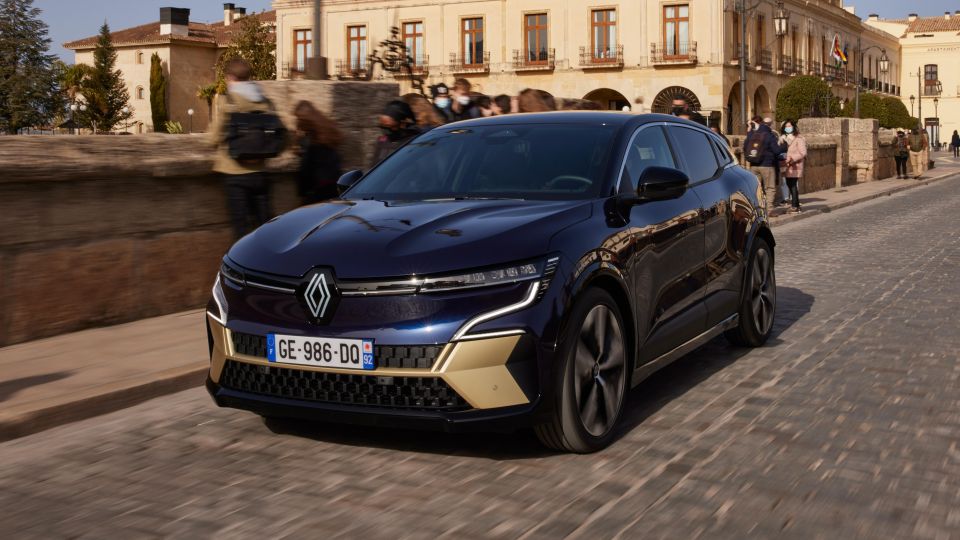
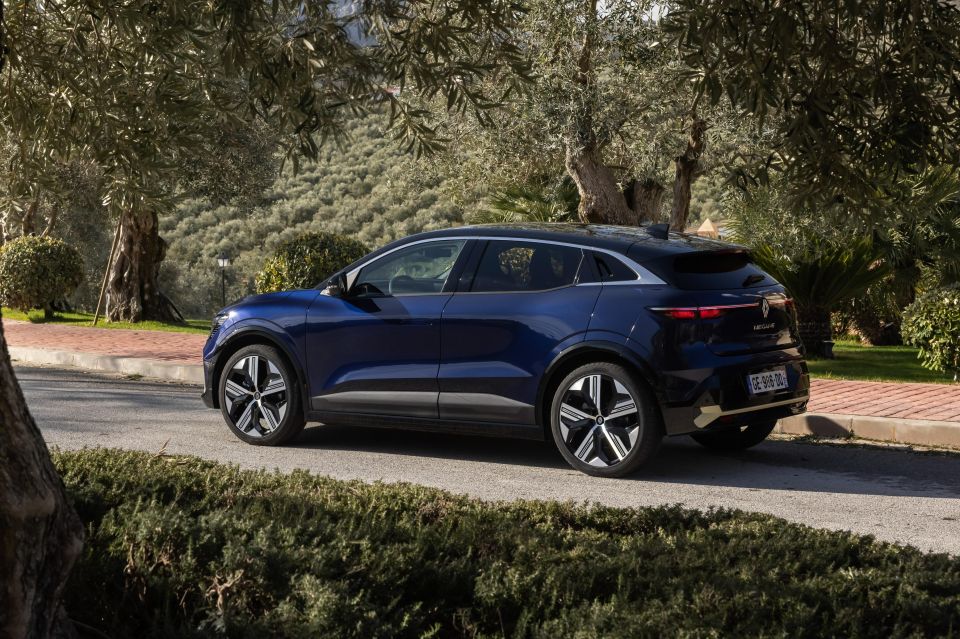

Contributor
New from
$53,990
excl. on-roads

Contributor
New from
$53,990
excl. on-roads


Contributor
New from
$53,990
excl. on-roads

Contributor
New from
$53,990
excl. on-roads
Quickly see how this car stacks up against its competition. Select any benchmark to see more details.
Where expert car reviews meet expert car buying – CarExpert gives you trusted advice, personalised service and real savings on your next new car.
The most predictable thing about Renault has always been its unpredictability, but this fifth-generation Megane takes it to a new level as it has not only ditched the combustion engine in favour of two electric powertrains, but it carries literally nothing over from the old model other than its badge.
Megane’s four previous incarnations have all been fairly different, ranging from commuter hatches to convertibles to the Nurburgring-carving R.S. Trophy, but this is by far its biggest deviation.
The new Megane E-Tech Electricuses the CMF-V platform from the Renault-Nissan-Mitsubishi Alliance that will also feature under the upcoming Nissan Ariya, as well as a high-performance Alpine crossover coupe. Each will have plenty of bespoke features to set them apart.
The battery tech also differs from the Ariya and possibly the Alpine, with Korean firm LG Chem supplying the slimmest battery in the business: at just 110mm tall, compared to 140mm for most others and 170mm for the Renault Zoe. This helps it sit 60mm lower than the Zoe at 1.5m tall with a 2.7m wheelbase.

The Megane E-Tech Electric should be here sometime in 2023, though Renault Australia is still working on exact timing, pricing and local specification.
It will be aimed at VW’s ID.3 globally, as Renault moves closer to being an EV-only company in Europe at least, by 2030. Other rivals include the MG ZS EV, Hyundai Kona Electric and Kia Niro EV.
It’s believed the Megane E-Tech Electric arrive Down Under from around $55,000 to $60,000 before on-road costs.
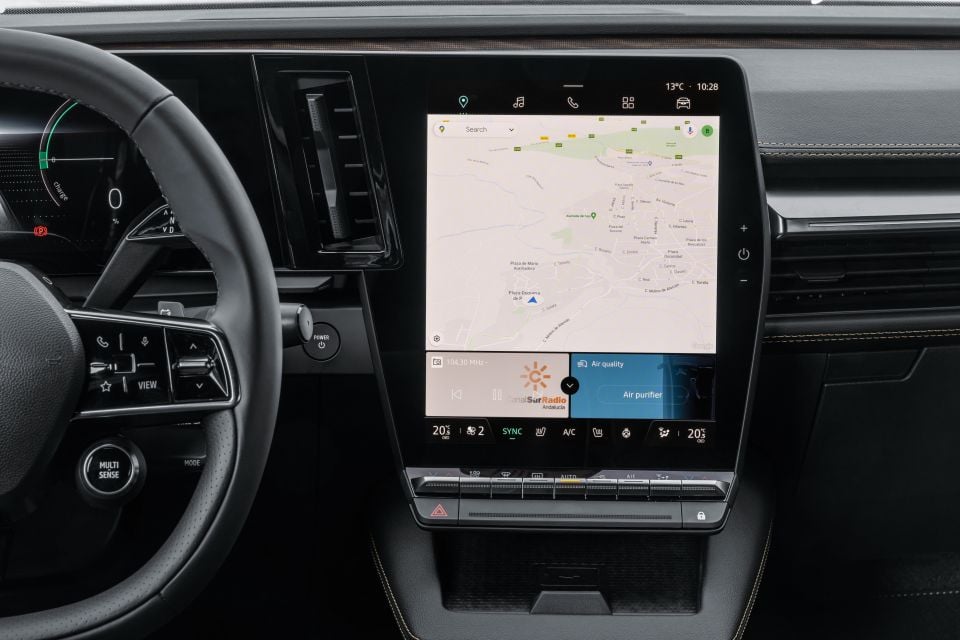
Renault’s local distributor is still locking down specifications for our market.
With that in mind, European models will offer 12.3-inch digital instrument cluster as well as a 12-inch portrait-oriented central infotainment touchscreen, while “unusual and recycled materials” will feature inspired by home furniture.
A range of upholsteries and trims are offered in Europe depending on variant, including textile, Alcantara, and faux leather. In entry-level and mid-spec cars in the European market, the seat upholstery is made from 100 per cent recycled materials.
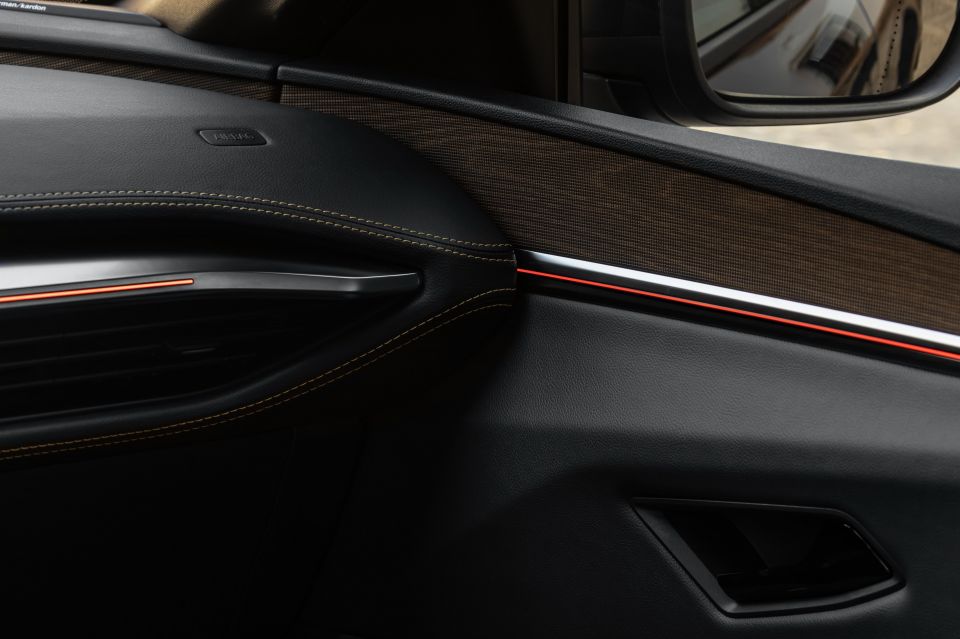
There will also be ‘Nuo’ wood inserts in high-grade models, which is made from real wood. Thin lime timber veneer is bonded to a cotton textile backing using an environmentally friendly adhesive, then lasered. It’s the first time this material has been used in a production vehicle.
LED headlights and tail lights feature externally, with funky sequences on start-up when the owner approaches with the key. Dynamic indicators will also be offered.
Finally, a full suite of driver assistance and active safety systems will be available, and we expect the bulk if not entirety of them will be fitted as standard.
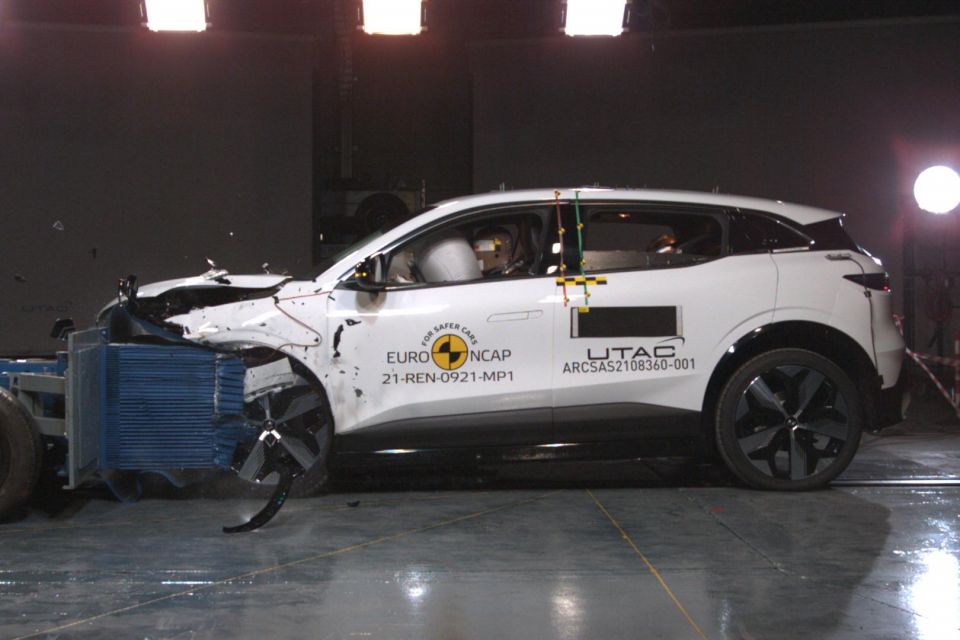
While currently unrated by ANCAP, the Megane E-Tech was recently awarded a five-star Euro NCAP safety rating with 2022 datestamp.
The electric crossover scored 85 per cent for adult occupant protection, 88 per cent for child occupant protection, 65 per cent for vulnerable road users and 79 per cent for safety assist.
Euro NCAP noted the Megane E-Tech’s “improved body and restraint systems, and strong performance from advanced driver assistance systems such as AEB”.
Given there’s a full Euro NCAP scorecard already, we expect ANCAP to carry these ratings over when the Megane E-Tech lands in local showrooms.

Immediately when you open the door, you are taken aback by the welcoming, clever interior that sets a new benchmark for the French automaker.
Despite there being a portrait-oriented 12-inch Android-based infotainment screen, it doesn’t give the feeling of being dominated by finger marked glass panels as there’s lots of old-fashioned physical buttons as well.
Yes it’s an Android-based interface, but the twin-screen layout integrates Apple CarPlay, and Renault is the first mainstream manufacturer to use Google’s Automotive operating system which includes Google Maps, Google Assistant and Play making virtually every function instantly familiar. Polestar and Volvo have already rolled out this software in the premium segments.
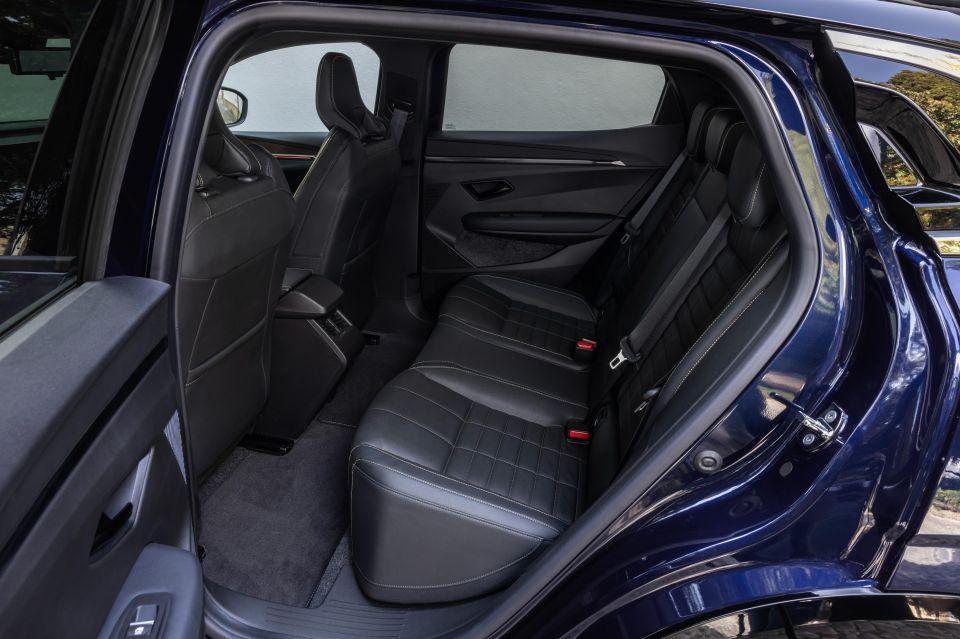

As you’d expect for a car measuring 4199mm with a 2685mm wheelbase, it’s spacious helped by having the conditioning unit placed out the front which allowed the dash to be moved further forward.
And, while the slim battery gains more valuable interior space, it’s still a snug fit in the back and difficult to slide your feet under the front seats.
Space needs to be carefully considered against other EVs, as while there’s no ‘frunk’ it does have a huge rear boot with a bin for the cables and loads of space between the front seats. That said, Renault is yet to quote an official boot measurement figure.
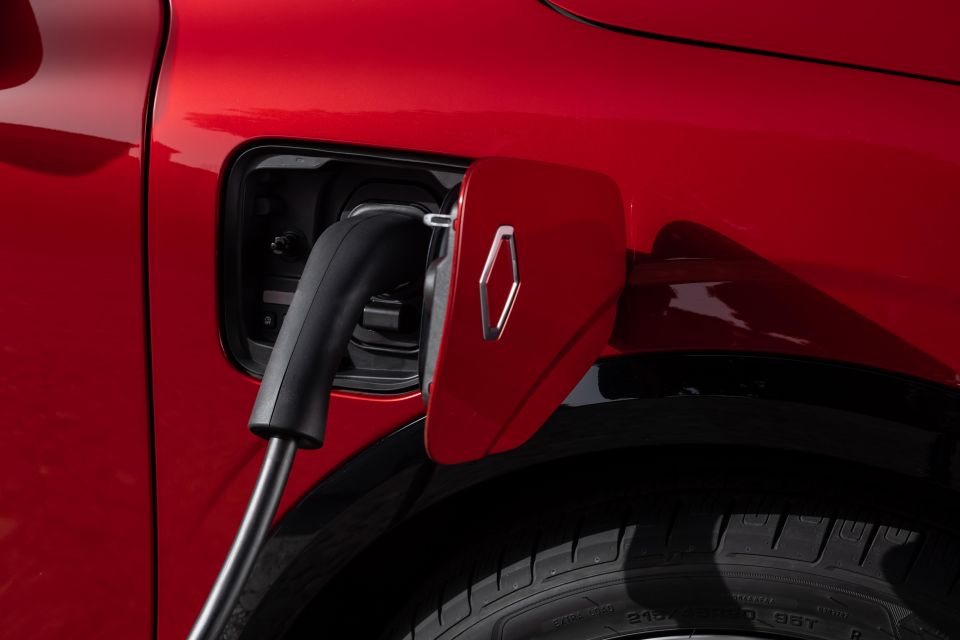
More than most other EVs – this is a key point – because everything is placed out front, meaning there’s no storage frunk as the entire drivetrain comprising the motor, 12V battery, cooling system and the air-conditioning, all reside under the bonnet.
The Renault-built, electrically excited synchronous motor goes without magnets to improve the smoothness of acceleration, while also cutting down on the use of rare metals.
The two powertrains comprise a 96kW/250Nm model mated to a 40kWh battery, and the model tested which was the 165kW/300Nm option with a 60kWh battery.
Renault says the battery units are both 30 per cent smaller than the unit in the Zoe and 10 per cent lighter at 145kg. It’s also yet to be confirmed whether Australia will receive both or just the beefier 60kWh version.
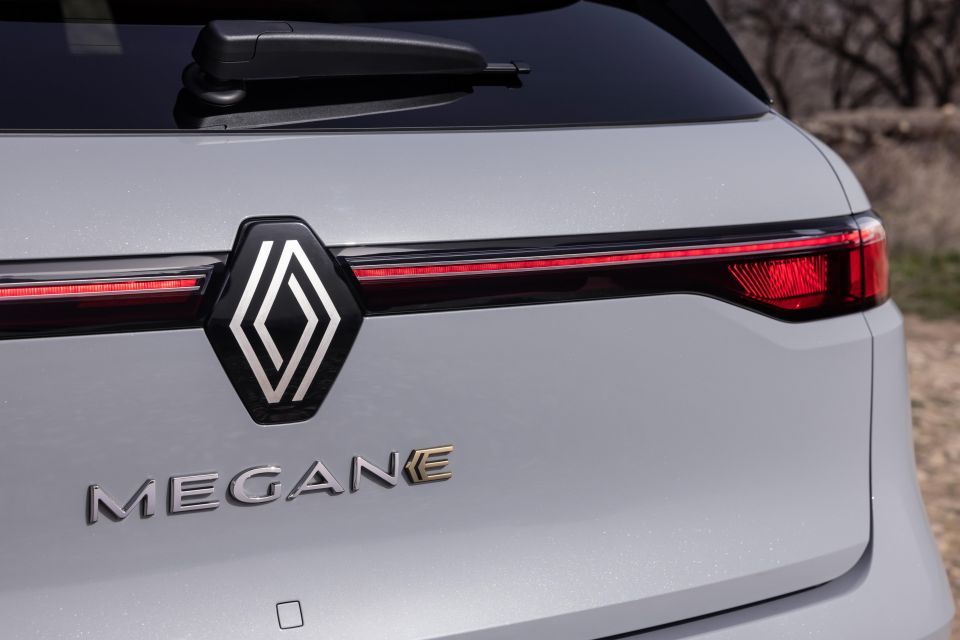
The smaller of the two should return 300 kilometres of range, with the 60kWh tested here offering a claimed 470km of range and a 7.4-second 0-100 time. Top speed for the high-spec drivetrain is a governed 160km/h.
LG Chem has gone with nickel-manganese-cobalt-oxide but has managed to reduce the amount of cobalt needed, instead using more nickel for the liquid-cooled unit.
Both batteries are spread over a single layer with the smaller unit containing eight modules of 24 cells each, while the larger 60kWh pack crams in 12 modules with 24 cells each. Renault says this setup is around 40 per cent smaller than comparable batteries, which allows for a lowered ride height and reduces body roll.
While there’s still many boxes to tick when it comes to the Australian spec, Renault offers an eight-year warranty on the battery which they’ll replace free should its usable capacity dip below 70 per cent.
The 60kWh battery can be charged on a 130kW DC quick charge which should get you over 300km of range (WLTP) in 30 minutes, while a 7.4kW home charger can do the job in just over 9 hours.
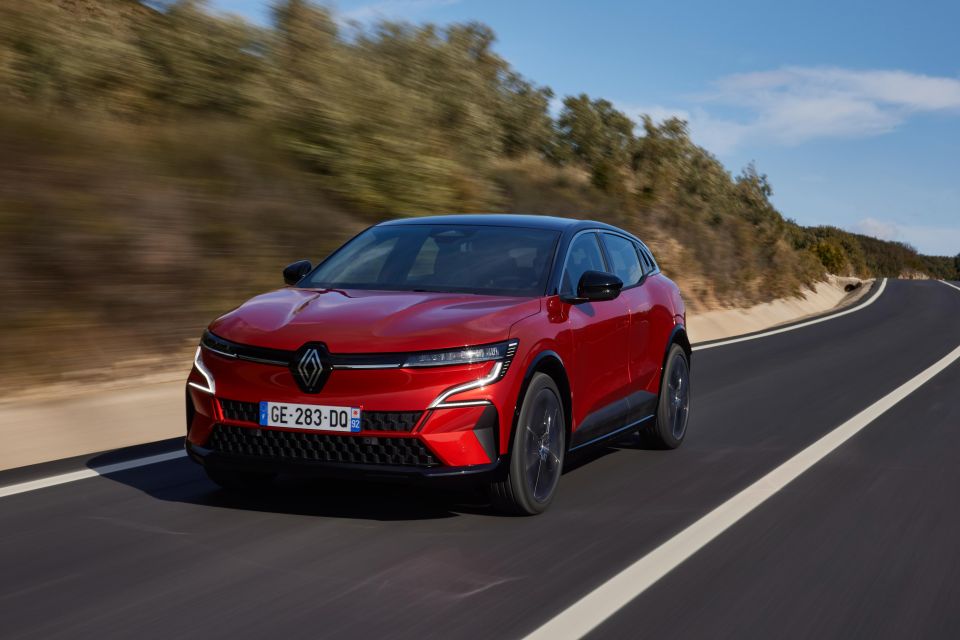
With the magnet-free motor, you enjoy smoother acceleration with a carpet ride-like departure, aided by some excellent sound insulation which eliminated virtually all road noise despite the 20-inch rims on our test car.
Like the Nissan Leaf, Hyundai Kona and a few others, the Megane E-Tech offers one-pedal driving with maximum regeneration when you lift off the throttle that will almost bring the car to a complete stop.
Paddle shifters behind the steering wheel adjust the regenerative braking through four stages, and after a little experimenting it almost worked like using conventional gears.
I kept it in maximum regen for the city slog, but found myself flicking between modes on rural back roads like a gearbox to increase regen into braking areas to slow it down and trickle energy back into the battery, then wound out the regen on the straights for faster cruising.

At 1624kg for the 60kWh model and just 1550kg for the lower-spec version, the Megane E-Tech is light compared to 2050kg for VW’s ID.4 and 2000kg for the Tesla Y, so it behaves more like a conventional ICE car in corners.
Its centre of gravity is 90mm closer to the ground which helps to keep it flat in corners, aided by a multi-link rear suspension setup.
Our drive had rain which brought out a negative in having 300Nm of torque going through the front wheels.
The traction gadgets were working overtime and even in a straight line up hills, the front wheels took turns to spin up over dips while powering out of tight corners required a feather-like technique.
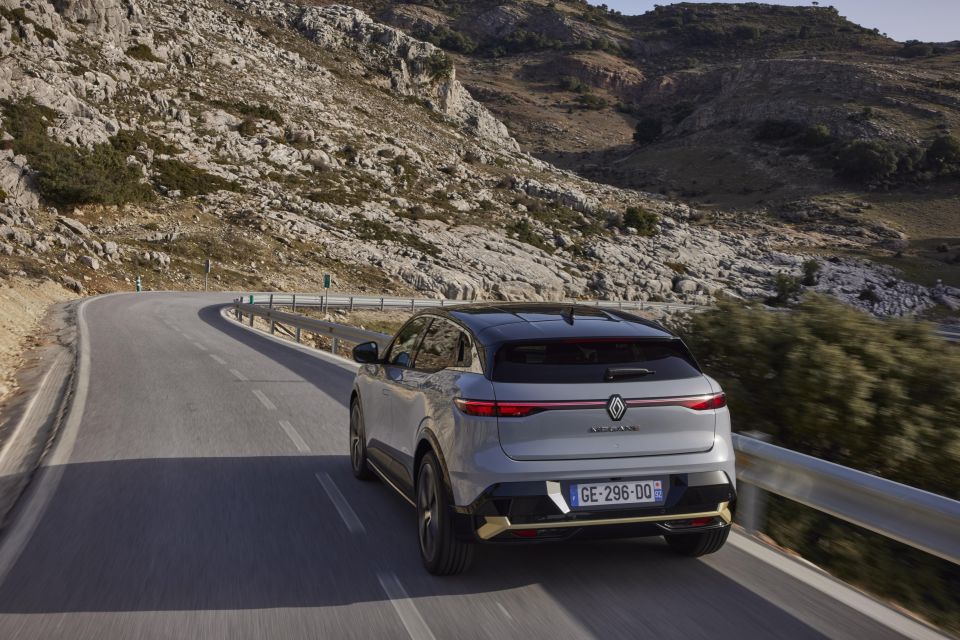
Chic, good to drive, and fitted with a stylish interior, there’s a lot to like here. We’re looking forward to getting our hands on the Megane E-Tech Electric in Australia soon.
Click the images for the full gallery
Where expert car reviews meet expert car buying – CarExpert gives you trusted advice, personalised service and real savings on your next new car.


Shane O'Donoghue
6 Days Ago


Anthony Crawford
5 Days Ago


Matt Campbell
4 Days Ago


James Wong
3 Days Ago


Max Davies
1 Day Ago


Josh Nevett
14 Hours Ago